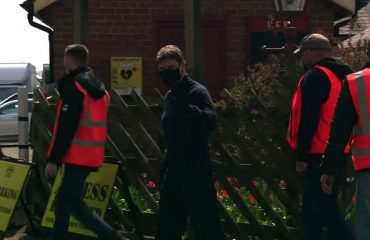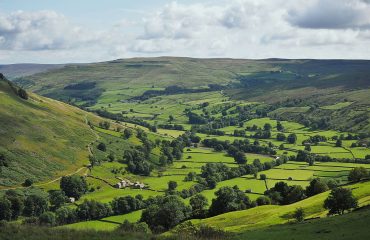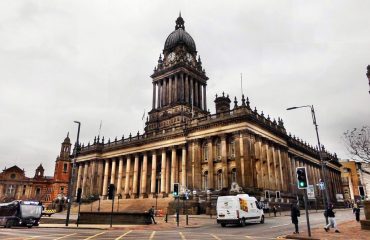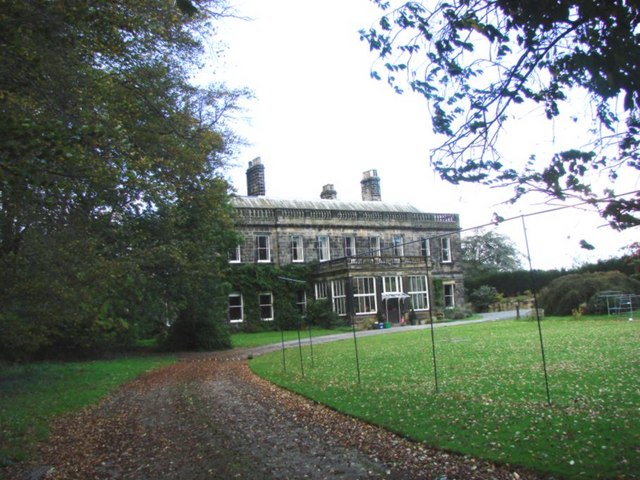
Arthington Priory was once a flourishing home to a community of nuns. Little if anything remains of the priory now, but its history within Yorkshire should be honoured.
Foundation
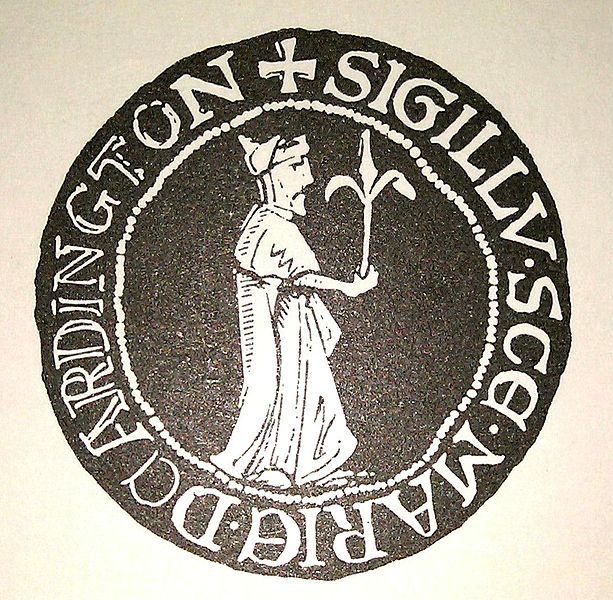
The Cluniac congregation received a grant from Peter De Arthington to found the prior. The Priory received a church in Maltby in South Yorkshire. The Archbishop of York formally appropriated the site in 1378. The community of nuns received other gifts of land but the Priory remained a small house. Other benefactors made donations. With the condition that they and their descendants were to have the right to present a girl for admission to the monastery any time there might be a vacancy in their community.
History

History shows that the priory was not in a good state for most of its history. Discipline had to be enforced on the nuns, at one point even the prioress needed to receive discipline. After a visit in 1307, the Archbishop of York wrote to the prioress concerning four nuns. The nuns had claimed that certain animals and goods belonging to the priory were their private property. The prioress ordered them to resign within three days as a punishment. On March 13th 1311, the sub-prioress and community were ordered to render due obedience to the prioress.
Master Walter de Bebiry, the Dean of Aintsy, received on the 30th of august an anonymous letter from a member of the community. This letter requested him to attend Arthington to inquire as to why the Prioress had left the establishment. He learned, that the prioress had resented having another nun associated with the management of the priory. In a rage she had thrown off her religious habit and left the priory. She did not formally resign the office. Until she resigned, or was expelled. No successor could be elected.
A new prioress was finally elected. However, a letter soon followed from the Archbishop that the previous prioress had come to him in humility and he had absolved her and lifted the excommunication she had incurred. The archbishop instructed the new prioress to receive her back but to not let her leave the cloister and have a much lower ranking in the community.
Abbey of Cluny rule
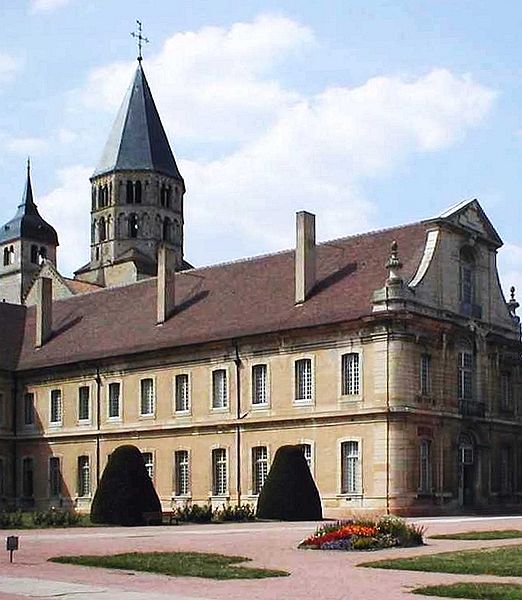
The prior came under the rule of the Abbey of Cluny in Burgundy, France. The Cluniac congregation was a reformed branch of the Benedictine Christians. Due to the strict adherence to the Benedictine rules, Cluny became the acknowledged leader of western monasticism. Arthington was one of two Cluniac communities of nuns in England, the other being in Northampton.. A succession of the Abbots of Cluny were statesmen on an international stage. The Abbey of Cluny became the grandest, most prestigious and best endowed monastic institution in Europe. The height of Cluniac influence was from the second half of the 10th century until the early 12th century.
The Dissolution and the fallout
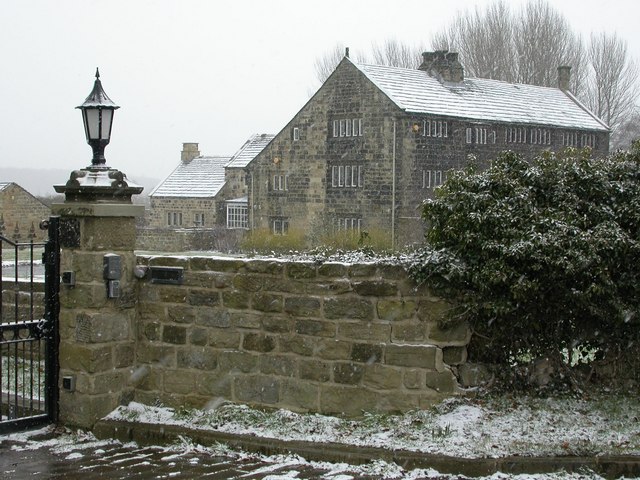
At the time of the Dissolution of the Monasteries, as ordered by King Henry the Eighth in 1540, there were only nine nuns at the priory including the prioress, Elizabeth Hall, who was at the time 45 years old. In the priory records it is written that all of the nuns except the Prioress wanted to continue their vows. The records also state that ‘all the persons be of good religious liffying and not slanderid.’ The ages of the nuns ranged from between 72 and 25 years old.
The Prioress formally surrendered the priory on the 26th of November 1540. The annual value of the priory at this time was £11.8 shillings a year. After the suppression of the Priory, Archbishop Thomas Cranmer received the site as a gift from the king in 1543.
During Charles the First’s rule. the land of the priory had a substantial hall built upon it. In 1822 the hall was occupied as a farmhouse and was property of the Earl of Harewood. In the parish records it is described as ‘a large well-built, square house, on a fine elevation above the river’. Despite the loss of the previous ancient buildings on the site, the 1822 records have an entry that states ‘ Arthington Nunnery’. However, this probably referred to The Nunnery which is a farmhouse said to stand on the foundations and lower grounds of the prior’s church. The farm buildings are rumoured to have been built over the monastery buildings. Leaving the site as it sits today.

